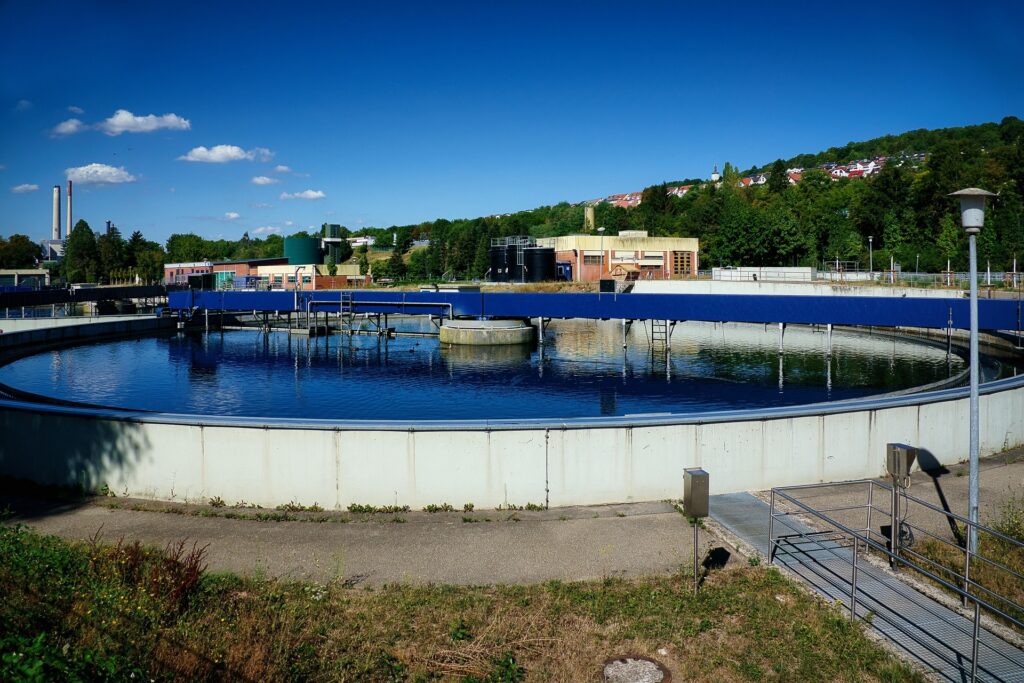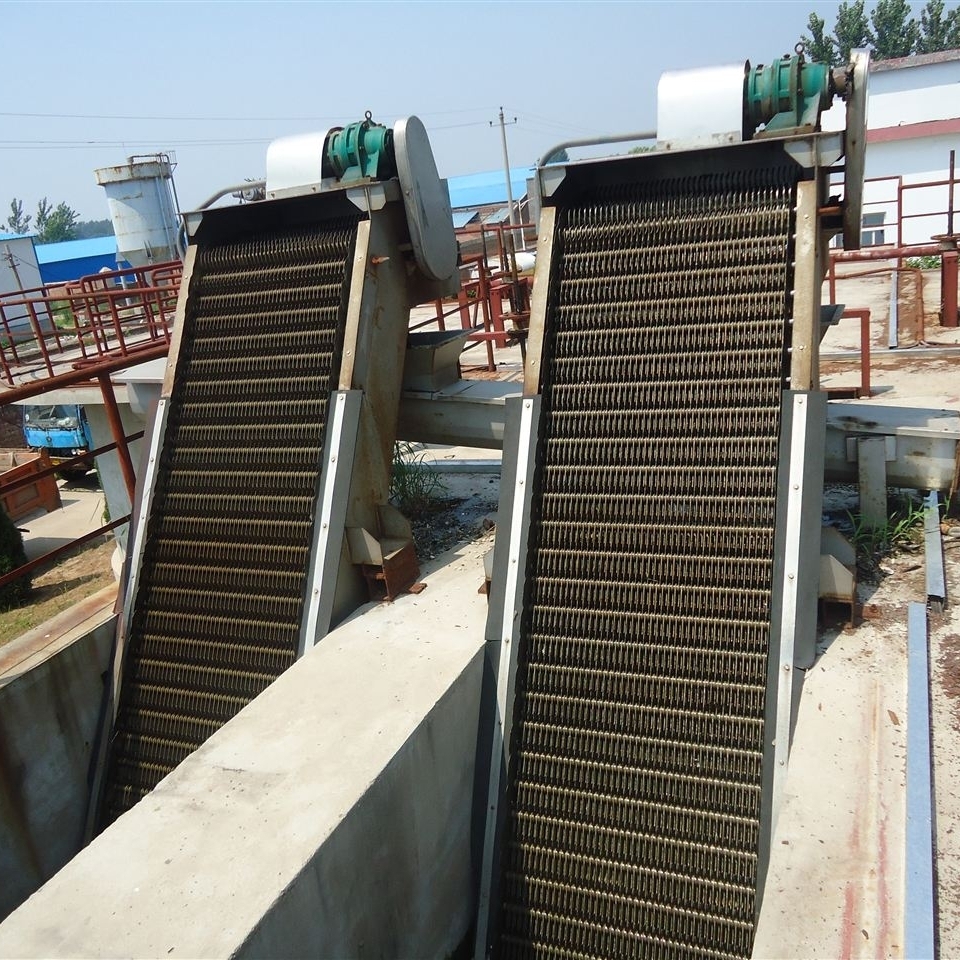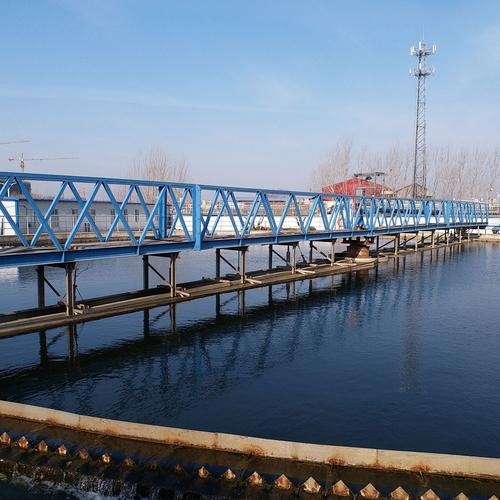Domestic sewage primarily consists of wastewater generated by households, businesses, and urban facilities, and contains the following components:
1) Organic pollutants
These include proteins, fats, carbohydrates (such as cellulose, starch, and sugars), and urea, which are prone to producing foul odors under anaerobic conditions.
2) Inorganic pollutants
These include elements such as nitrogen, phosphorus, and sulfur (such as chlorides, sulfates, and phosphates), as well as minerals such as calcium and magnesium.
3) Pathogenic microorganisms
These include bacteria, viruses, and parasite eggs, which can spread disease.
4) Suspended matter and sediment
Approximately 40% of pollutants exist in the form of insoluble matter, including silt and fibers, some of which settle to the bottom of the water or remain suspended in the water.
5) Detergent residues
Phosphorus-containing detergents can cause excessive phosphorus levels in water bodies, increasing the risk of eutrophication.





生化膜反应器12-scaled.jpg)
